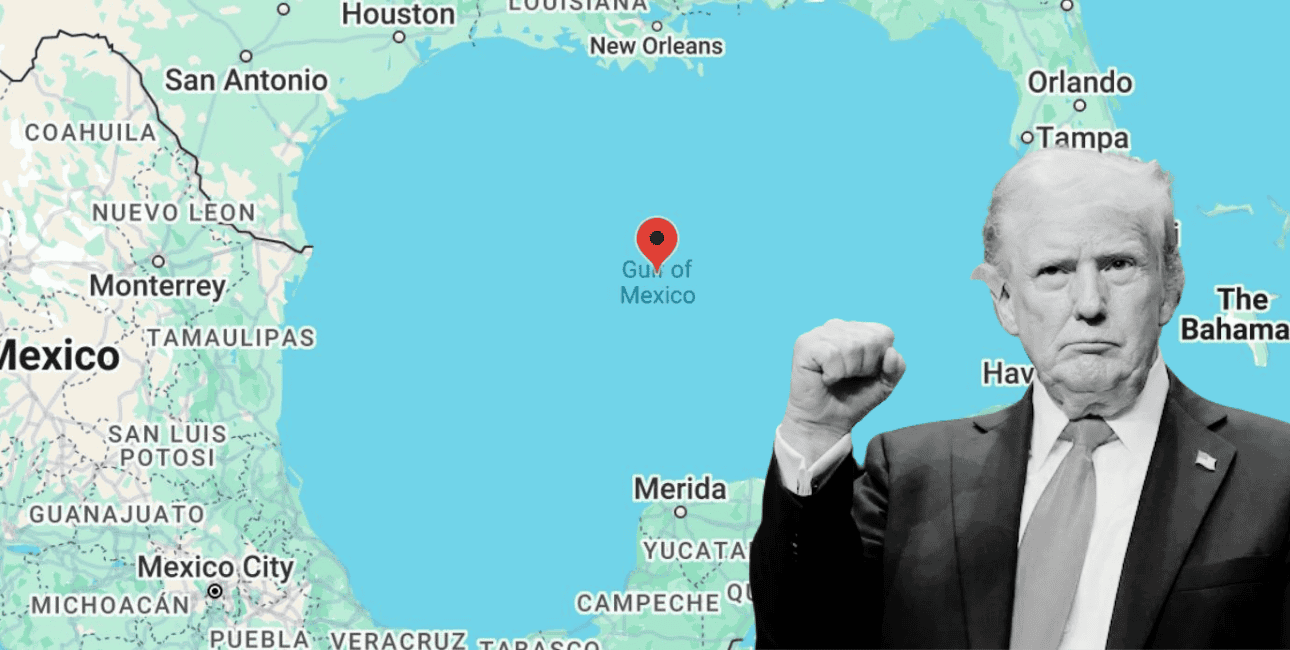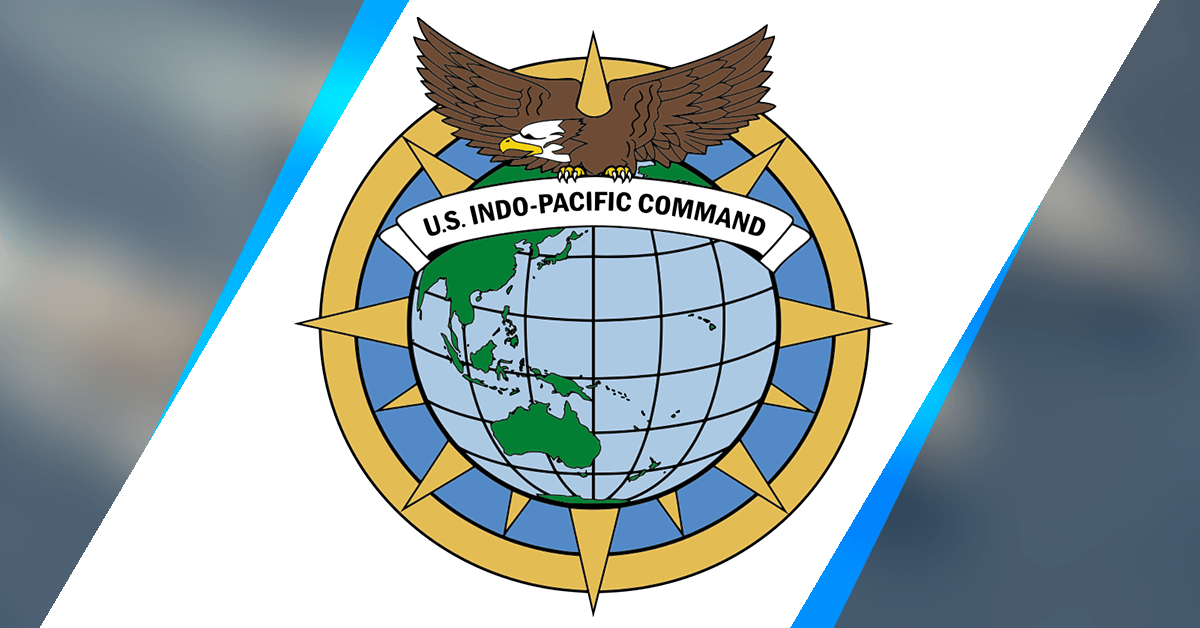US President Donald Trump renamed the ‘Gulf of Mexico’ to ‘Gulf of America’ in one of his first executive orders after taking office. Google Maps has incorporated the name change.
As the new name came into effect, Google announced that it would also switch to the new name for American users, citing “a longstanding practice of applying name changes when they have been updated in official government sources.” The transition to ‘Gulf of America’ followed the change in the US government’s geographic names information system on February 9, 2025.
According to the new update, the Gulf will appear as ‘Gulf of Mexico’ in Mexico on Google Maps and as ‘Gulf of America’ in the United States. Users outside the US and Mexico will see both names on Google Maps. However, the Mexican government has taken a strong exception to the renaming, warning that it will drag Google to court for this.
Asserting that US President Donald Trump’s directive to rename the Gulf of Mexico only applies to the portion of the continental shelf that is under US control, President Claudia Sheinbaum said that Mexico will sue Google if maps displayed to US-based users continue to refer to the entire body of water as the Gulf of America.
“What Google is doing here is changing the name of the continental shelf of Mexico and Cuba, which has nothing to do with Trump’s decree, which applied only to the US continental shelf,” the Mexico President told reporters. “We do not agree with this, and the Foreign Minister has sent a new letter addressing the issue.”

Sheinbaum argued that the renaming was “incorrect” because Trump’s executive order “only changed the name within his continental shelf, which extends 22 nautical miles from the US coast—not the entire Gulf.”
It is pertinent to note that Mexico, the United States, Cuba, and several smaller island states border the Gulf. However, it is customary to use a place name for a particular geographic feature that the country it belongs to prefers. Mexico argues that renaming the entire water body will be akin to violating its sovereignty.
Earlier, reacting to the renaming, Mexican President Claudia Sheinbaum Pardo quipped that she would begin referring to the United States as “Mexican America.”
The name-changing is not surprising, especially since Trump is notorious for making unilateral decisions that align with his geopolitical policies. However, he has been particularly upbeat about this latest renaming. For instance, he referred to February 9 as the “first-ever Gulf of America Day.”
For Trump, renaming the ‘Gulf of Mexico’ to ‘Gulf of America’ is part of a broader strategy of furthering the ‘Make America Great Again’ (MAGA) agenda.
The executive order that called for the renaming was titled “Restoring Names That Honor American Greatness.” In addition to the Gulf of Mexico, the order also renamed the tallest peak in North America–from Denali to Mount McKinley.
Renaming geographical features or having different names for a common feature is not new. In fact, the practice has transcended borders.
What Is In The Name?
The renaming of ‘The Gulf of Mexico’ comes years after Donald Trump took a big, unprecedented step: renaming the Asia-Pacific to Indo-Pacific during his first term in office. The renaming of the region that encompassed the vast oceans from Australia to India was accompanied by a change of policy—mostly aimed at countering China.
Australian Strategic Policy Institute (ASPI) explained: “Compare Indo-Pacific with Asia–Pacific to see different hierarchies as well as geographies. China likes Asia–Pacific because it references the land mass that China thinks it naturally dominates, plus the ocean that stretches to the US. Asia–Pacific Translation: Asia = China while Pacific = US. The Indo-Pacific is a maritime concept while the Asia–Pacific tries to link the maritime with the continental. Indo-Pacific skips by the Asian land mass (China) and replaces it with two oceans.”
The term ‘Indo-Pacific’ was barely revolutionary since it was already in use among academics. However, it pulled India into its expanse and laid the ground for strengthening a new quadrilateral alliance to counter China’s rise. China opposed the move.
China still refers to the region as ‘Asia-Pacific.’ The US, on its part, renamed its Asia-Pacific command to Indo-Pacific Command, signaling that it was serious about the renaming and the new strategy.

The differences in the name are not limited to the United States and its neighboring regions.
The Persian Gulf, for instance, is known by that name only in Iran. Other countries that enclose the water body, including the United Arab Emirates (UAE), Bahrain, Iraq, Kuwait, Oman, Qatar, and Saudi Arabia, refer to it as the ‘Gulf of Arabia.’
Google Maps implements the same strategy here as it seeks to implement with the ‘Gulf of Mexico’ renaming. The Gulf appears as ‘Gulf of Persian’ in Iran, as ‘Gulf of Arabia’ in other Gulf-Arab states, and by both names for countries outside the region.
In another such instance, South Korea renamed the ‘Sea of Japan’ to the ‘East Sea.’ In 2006, Google put both names on Google Earth, using the ‘East Sea’ near the Korean coast and the ‘Sea of Japan’ near the Japanese coast. The rest of the world sees both names on the map.

Several instances of territorial disputes have also led to the changing of names, some of which have been adopted by Google Maps as well. For instance, the South China Sea (which is almost entirely claimed by China) is referred to by the Philippines as the ‘West Philippines Sea.’
Similarly, the British refer to a disputed chain of islands off the coast of South America as the Falkland Islands, whereas Argentina, which also claims the islands, refers to them as the Islas Malvinas. The two sides fought a two-month-long war in 1982 after Argentina invaded it. Currently, the UK has complete control over the island.
These renaming practices, like the latest one, have often been controversial. Earlier, for instance, there were unverified reports that Google Maps had deleted the Palestinian state from the map and showed the entire region as ‘Israel.’
Politics is at the heart of all these renaming incidents, including the ‘Gulf of Mexico’ renaming.
However, since the US only has jurisdiction over around 46% of the Gulf, Mexico claims that Google’s decision to rename the entire Gulf violates its sovereignty. The latest incident could quickly escalate into another diplomatic tussle between the two countries.
- Contact the author at sakshi.tiwari9555 (at) gmail.com
- Follow EurAsian Times on Google News




